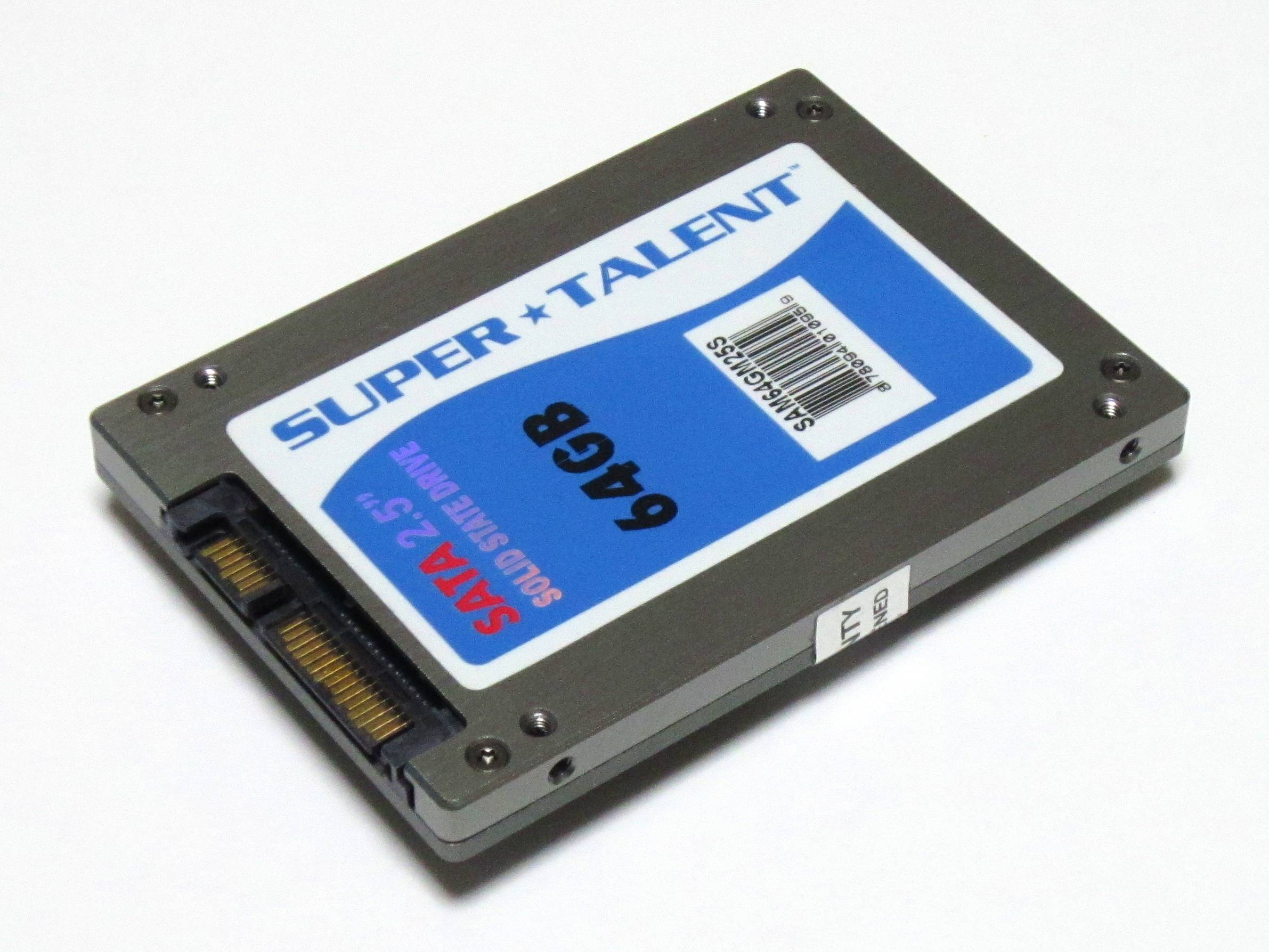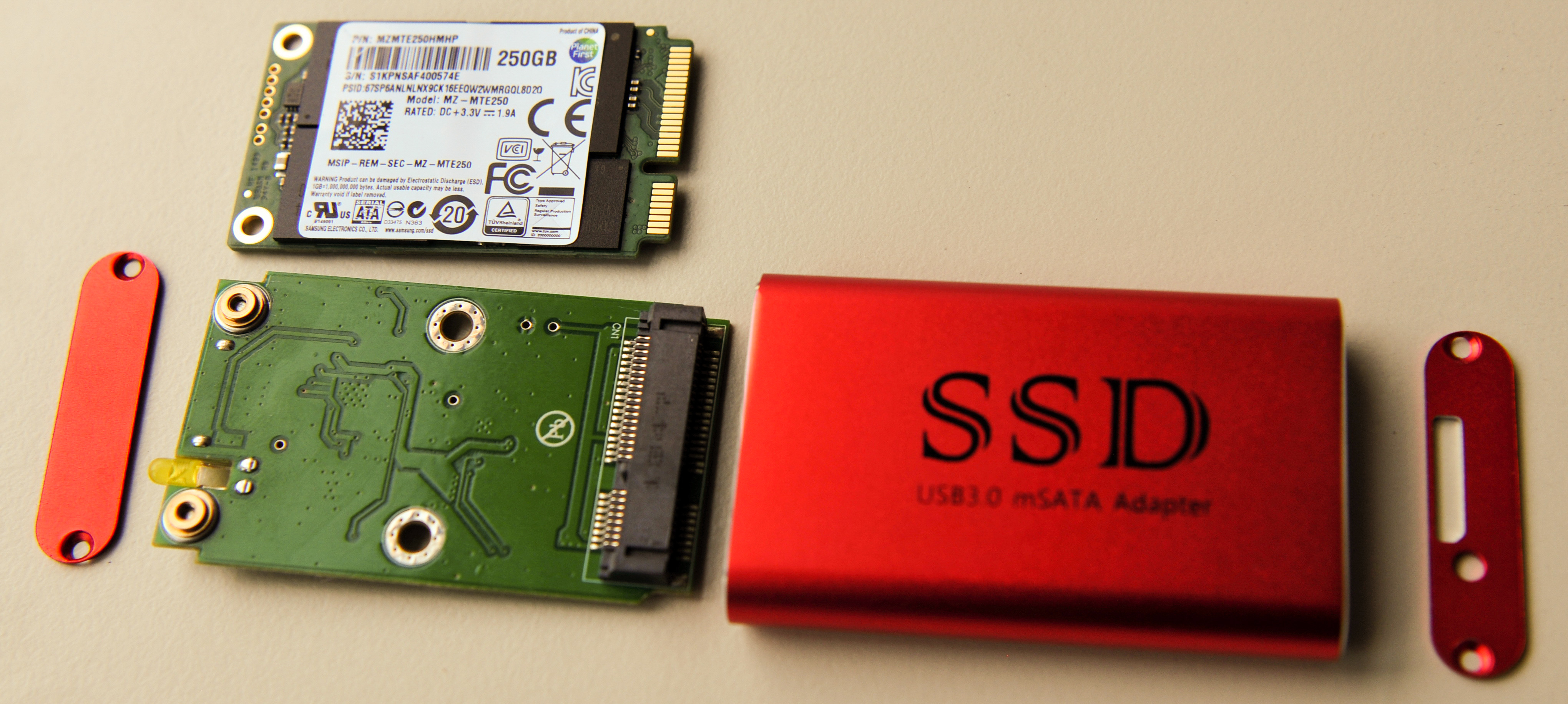|
IO Accelerator
The HP StorageWorks IO Accelerator is a type of solid-state drive in a mezzanine card form factor for HP's BladeSystem c-Class servers. This product was announced by HP on March 2, 2009. The follow-on product, the HP StorageWorks PCIe IO Accelerator for Proliant Servers is a standard PCIe form factor, and is supported in a variety of Proliant DL and ML servers. Specifications The mezzanine adapter connects to the blade server using a PCI Express ×4 link, uses less than 9 watts, has bandwidth up to 800 MB/s and latency as low as 50 microseconds. The PCIe adapter connects to the server using a PCI Express version 1.0 ×4 link, ×8 link, or version 2.0 ×4 link, depending on model. The IO Accelerator was initially offered in capacities of 80 GB, 160 GB, and 320 GB. The 320 GB model uses MLC NAND, whereas the other two models used SLC NAND. The 80 GB and 160 GB are now discontinued, and a new 640 GB model has been introduced. Newer m ... [...More Info...] [...Related Items...] OR: [Wikipedia] [Google] [Baidu] |
Hewlett-Packard
The Hewlett-Packard Company, commonly shortened to Hewlett-Packard ( ) or HP, was an American multinational information technology company headquartered in Palo Alto, California. HP developed and provided a wide variety of hardware components, as well as software and related services to consumers, small and medium-sized businesses ( SMBs), and large enterprises, including customers in the government, health, and education sectors. The company was founded in a one-car garage in Palo Alto by Bill Hewlett and David Packard in 1939, and initially produced a line of electronic test and measurement equipment. The HP Garage at 367 Addison Avenue is now designated an official California Historical Landmark, and is marked with a plaque calling it the "Birthplace of ' Silicon Valley'". The company won its first big contract in 1938 to provide test and measurement instruments for Walt Disney's production of the animated film '' Fantasia'', which allowed Hewlett and Packard to forma ... [...More Info...] [...Related Items...] OR: [Wikipedia] [Google] [Baidu] |
Solid-state Drive
A solid-state drive (SSD) is a solid-state storage device that uses integrated circuit assemblies to store data persistently, typically using flash memory, and functioning as secondary storage in the hierarchy of computer storage. It is also sometimes called a semiconductor storage device, a solid-state device or a solid-state disk, even though SSDs lack the physical spinning disks and movable read–write heads used in hard disk drives (HDDs) and floppy disks. SSD also has rich internal parallelism for data processing. In comparison to hard disk drives and similar electromechanical media which use moving parts, SSDs are typically more resistant to physical shock, run silently, and have higher input/output rates and lower latency. SSDs store data in semiconductor cells. cells can contain between 1 and 4 bits of data. SSD storage devices vary in their properties according to the number of bits stored in each cell, with single-bit cells ("Single Level Cells" or " ... [...More Info...] [...Related Items...] OR: [Wikipedia] [Google] [Baidu] |
Mezzanine Board
In computing, an expansion card (also called an expansion board, adapter card, peripheral card or accessory card) is a printed circuit board that can be inserted into an electrical connector, or expansion slot (also referred to as a bus slot) on a computer's motherboard (see also backplane) to add functionality to a computer system. Sometimes the design of the computer's case and motherboard involves placing most (or all) of these slots onto a separate, removable card. Typically such cards are referred to as a riser card in part because they project upward from the board and allow expansion cards to be placed above and parallel to the motherboard. Expansion cards allow the capabilities and interfaces of a computer system to be extended or supplemented in a way appropriate to the tasks it will perform. For example, a high-speed multi-channel data acquisition system would be of no use in a personal computer used for bookkeeping, but might be a key part of a system used for ... [...More Info...] [...Related Items...] OR: [Wikipedia] [Google] [Baidu] |
Solid-state Drive
A solid-state drive (SSD) is a solid-state storage device that uses integrated circuit assemblies to store data persistently, typically using flash memory, and functioning as secondary storage in the hierarchy of computer storage. It is also sometimes called a semiconductor storage device, a solid-state device or a solid-state disk, even though SSDs lack the physical spinning disks and movable read–write heads used in hard disk drives (HDDs) and floppy disks. SSD also has rich internal parallelism for data processing. In comparison to hard disk drives and similar electromechanical media which use moving parts, SSDs are typically more resistant to physical shock, run silently, and have higher input/output rates and lower latency. SSDs store data in semiconductor cells. cells can contain between 1 and 4 bits of data. SSD storage devices vary in their properties according to the number of bits stored in each cell, with single-bit cells ("Single Level Cells" or " ... [...More Info...] [...Related Items...] OR: [Wikipedia] [Google] [Baidu] |
BladeSystem
BladeSystem is a line of blade server machines from Hewlett Packard Enterprise (Formerly Hewlett-Packard) that was introduced in June 2006. The BladeSystem forms part of the HPE Converged Systems platform, which use a common converged infrastructure architecture for server, storage, and networking products. Designed for enterprise installations of 100 to more than 1,000 Virtual machines, the HP ConvergedSystem 700 is configured with BladeSystem servers. When managing a software-defined data center, a System administrator can perform automated lifecycle management for BladeSystems using HPE OneView for converged infrastructure management. The BladeSystem allows users to build a high density system, up to 128 servers in each rack. Components Enclosures HPE currently offers 2 types of enclosures in its c-Class BladeSystem lineup succeeding the p-Class BladeSystem c7000 The BladeSystem c7000 enclosure has had multiple versions, the first version of which was announced i ... [...More Info...] [...Related Items...] OR: [Wikipedia] [Google] [Baidu] |
PCI Express
PCI Express (Peripheral Component Interconnect Express), officially abbreviated as PCIe or PCI-e, is a high-speed serial computer expansion bus standard, designed to replace the older PCI, PCI-X and AGP bus standards. It is the common motherboard interface for personal computers' graphics cards, hard disk drive host adapters, SSDs, Wi-Fi and Ethernet hardware connections. PCIe has numerous improvements over the older standards, including higher maximum system bus throughput, lower I/O pin count and smaller physical footprint, better performance scaling for bus devices, a more detailed error detection and reporting mechanism (Advanced Error Reporting, AER), and native hot-swap functionality. More recent revisions of the PCIe standard provide hardware support for I/O virtualization. The PCI Express electrical interface is measured by the number of simultaneous lanes. (A lane is a single send/receive line of data. The analogy is a highway with traffic in both direc ... [...More Info...] [...Related Items...] OR: [Wikipedia] [Google] [Baidu] |
Fusion-io
Fusion-io, Inc. was a computer hardware and software systems company (acquired by SanDisk Corporation in 2014) based in Cottonwood Heights, Utah, that designed and manufactured products using flash memory technology. The Fusion was marketed for applications such as databases, virtualization, cloud computing, big data. Their product was considered around 2011 to be one of the fastest storage devices on the market. History The company was founded in December 2005 as Canvas Technologies in Nevada. Co-founders were David Flynn and Rick White. The company was based in Cottonwood Heights, Utah, near Salt Lake City. In June 2006, the company name was changed to Fusion Multisystems, Incorporated. A product with the brand name was demonstrated and announced in September 2007. In March 2008, Fusion-io raised $19 million in a series A round of funding from a group of investors led by New Enterprise Associates. David Flynn was chief technology officer, while Don Basile was chief ... [...More Info...] [...Related Items...] OR: [Wikipedia] [Google] [Baidu] |
NAND Flash
Flash memory is an electronic non-volatile computer memory storage medium that can be electrically erased and reprogrammed. The two main types of flash memory, NOR flash and NAND flash, are named for the NOR and NAND logic gates. Both use the same cell design, consisting of floating gate MOSFETs. They differ at the circuit level depending on whether the state of the bit line or word lines is pulled high or low: in NAND flash, the relationship between the bit line and the word lines resembles a NAND gate; in NOR flash, it resembles a NOR gate. Flash memory, a type of floating-gate memory, was invented at Toshiba in 1980 and is based on EEPROM technology. Toshiba began marketing flash memory in 1987. EPROMs had to be erased completely before they could be rewritten. NAND flash memory, however, may be erased, written, and read in blocks (or pages), which generally are much smaller than the entire device. NOR flash memory allows a single machine word to be written to an era ... [...More Info...] [...Related Items...] OR: [Wikipedia] [Google] [Baidu] |
IOzone
IOzone is a file system benchmark utility. Originally made by William Norcott, further enhanced by Don Capps and others. Source code is available from iozone.org. It does mmap() file I/O and uses POSIX Threads. It won the 2007 Infoworld Bossie Awards for Best file I/O tool. The Windows version of IOzone uses Cygwin. Builds are available for AIX, BSDI, HP-UX, IRIX, FreeBSD, Linux, OpenBSD, NetBSD, OSFV3, OSFV4, OSFV5, SCO OpenServer, Solaris, Mac OS X, Windows (95/98/Me/NT/2K/XP). It is available as a test profile in the Phoronix Test Suite Phoronix Test Suite (PTS) is a free and open-source benchmark software for Linux and other operating systems which is developed by Michael Larabel and Matthew Tippett. The Phoronix Test Suite has been endorsed by sites such as Linux.com, Linu .... References External links * *Documentation* {{Benchmark Benchmarks (computing) Linux file system-related software ... [...More Info...] [...Related Items...] OR: [Wikipedia] [Google] [Baidu] |
Booting
In computing, booting is the process of starting a computer as initiated via Computer hardware, hardware such as a button or by a software command. After it is switched on, a computer's central processing unit (CPU) has no software in its main memory, so some process must load software into memory before it can be executed. This may be done by hardware or firmware in the CPU, or by a separate processor in the computer system. Restarting a computer also is called Reboot (computing), rebooting, which can be "hard", e.g. after electrical power to the CPU is switched from off to on, or "soft", where the power is not cut. On some systems, a soft boot may optionally clear RAM to zero. Both hard and soft booting can be initiated by hardware such as a button press or by a software command. Booting is complete when the operative runtime system, typically the operating system and some applications,Including Daemon (computing), daemons. is attained. The process of returning a computer ... [...More Info...] [...Related Items...] OR: [Wikipedia] [Google] [Baidu] |






